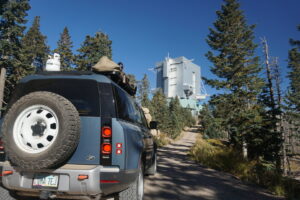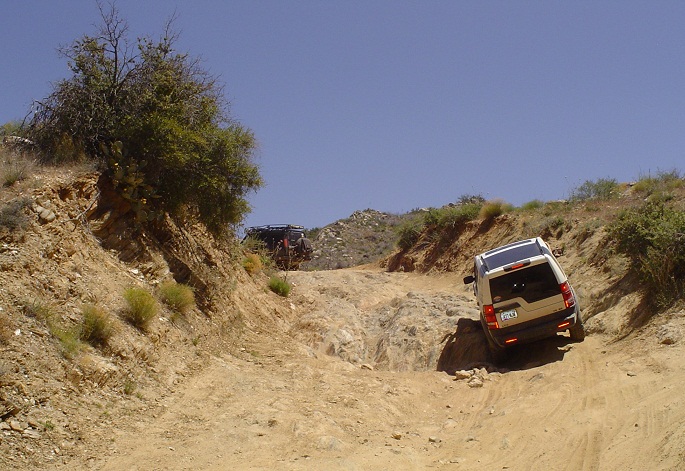Details
There are three distinct topographic zones within the area: The craggy summits of the peaks, the complex series of ridges and drainages below the peaks, and the area of bluffs and short deep gorges bordering Apache and Canyon Reservoirs. Elevations vary from 1,600 feet near Mormon Flat Dam to 7,657 feet at the summit of Brown’s Peak, the northern-most and highest of the four peaks.
Plant communities and their relationships with each other are particularly interesting in this area. This is due to the rapid changes in both elevation and aspect. North-facing slopes often will have entirely different vegetation than will an adjacent south-facing slope. Rapid changes in elevations produce unusual neighbors, with species of plants usually growing hundreds of miles apart found side-by-side. At the highest elevation, Ponderosa pine and some Douglas fir are found. There are one or two small stands of aspen on the north slope of Brown’s Peak. At intermediate elevations (6,000 – 4,000 ft.), extensive stands of Mountain chaparral are encountered.
Pinyon pine, Gambel oak, and manzanita are typical species, and often form impenetrable thickets. Below 4,000 ft., semidesert grasslands blend into the Upper Sonoran Desert. Impressive stands of the giant Saguaro cactus can be seen at the lowest elevations. Of particular interest are the narrow canyons with riparian vegetation, including pleasing groups of cottonwoods and sycamores. Also of special interest are areas that have burned over at various times in the past, with various sub-climax species to be found.
As with vegetation, the rapid changes in elevation bring together diverse species of wildlife within a relatively small area. Studies have shown that this area contains one of the highest concentrations of black bears in the State of Arizona. Campers should take all appropriate precautions, especially with food storage. Other mammals found here include ring-tailed cats, skunks, coyotes, deer, javelina, and mountain lion. A band of desert bighorn sheep has been reintroduced near here, and a rare sighting is possible. Rattlesnakes, scorpions, black widows, centipedes, millipedes, etc., also call parts of this area home.
Location
Address:20205-20209 Duthie-Martin Hwy, Fort McDowell, Arizona, 85264




